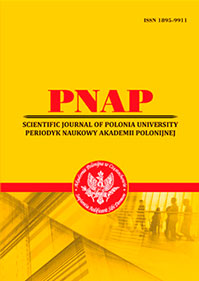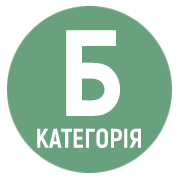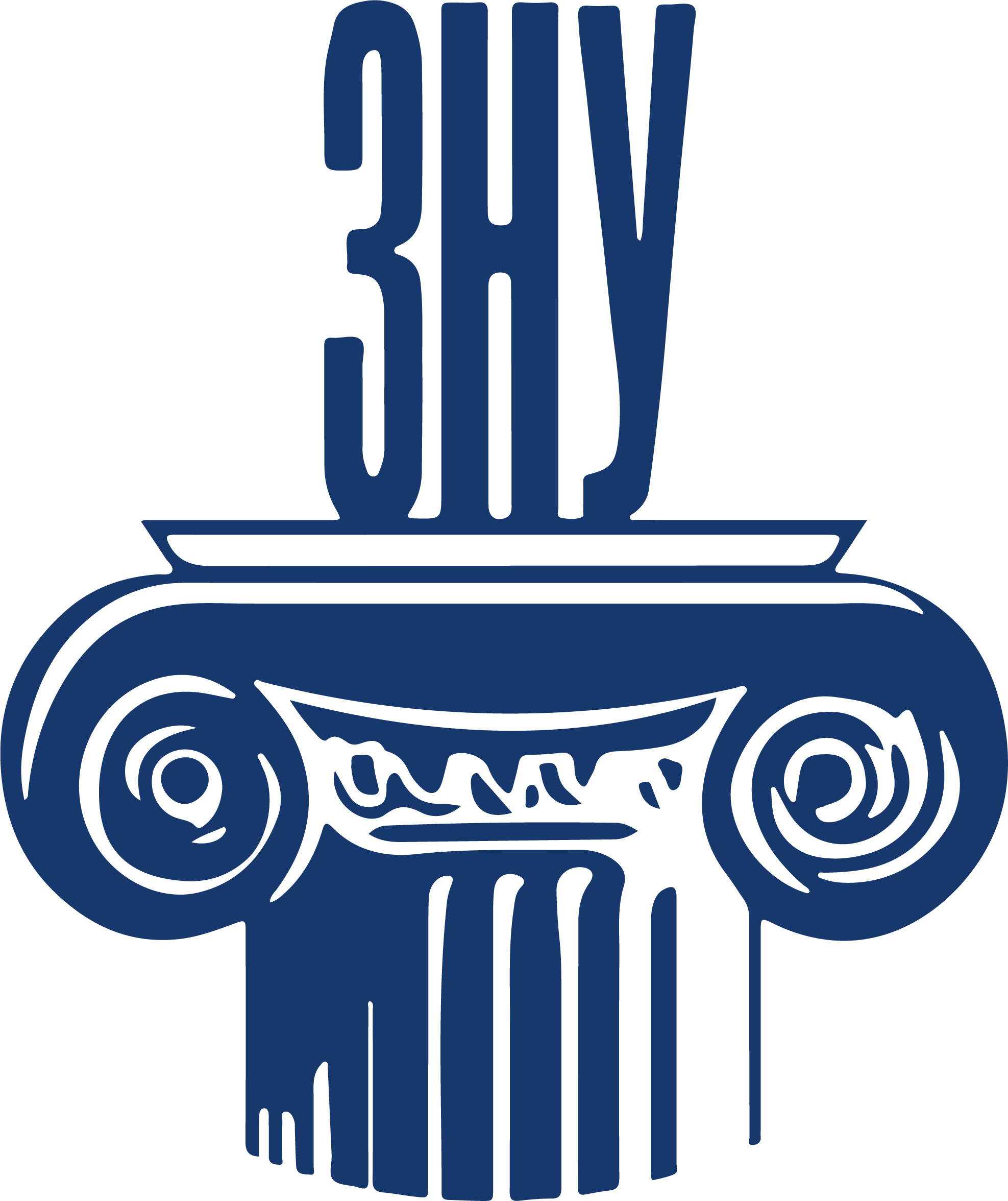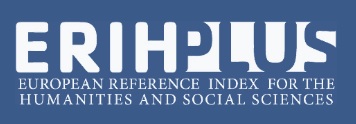FRACTAL MODEL-MATRIX LIFE IS A STORY IN ENGLISH BIOGRAPHICAL NARRATIVE
Abstract
The article reveals the role of fractal model-matrix LIFE IS A STORY in the process of fractal conceptualization of life experience of the biographical subject in English biographical narrative. The hypothesis of the research lies in the fact that the degree of embodiment of the conceptual metaphor depends upon the multi-layered and non-linear relations which are built up on the principle of similarity as parts of multi-faceted fractals. The formation of methodology of fractal modeling of the processes of metaphorical meaning as a result of fractal conceptualization of text worlds in the narrative is one of the topical problems in cognitive linguistics. This approach is concerned with the theory of conceptual metaphor and theoretical foundations of cognitive linguistics, on the one hand, and the study of conceptual metaphor as a fractal metaphor, on the other hand. Metaphor as an abstract scheme is gradually transformed from the artificial construct into the heuristic means of the humanities because it can appear or disappear, it can also be specified or even transformed into other entities. The concept of LIFE also undergoes the process of metaphorization in biographical narrative. At the same time the concept of STORY in the whole macrostructure of biographical narrative based on the binary opposition “truth – fiction” is semantically extended by means of similarities between real and fictional. The interdependence of two domains is revealed in various correspondences, for example, a biographical subject correlates with a real person, the beginning of a story correlates with the birth of the subject, varied interpretations of life correlate with succession of life events, and finally, the end of the story with the death of the subject. Cross-domain correspondences of fractal model are analysed within the framework of cognitive metaphor theory and conceptual integration theory. It is proved that conceptual spheres in the macrostructure of biographical narrative extend the fractal structure of the domain STORY.
References
2. Бондаренко Є. В. Матричне моделювання як метод лінгвокогнітивного дослідження / Є. В. Бондаренко, І. С. Шевченко //Вісник Київського національного лінгвістичного університету. Серія Філологія. – 2012. – Т. 15, № 2. – С. 9-17.
3. Воробьëва О. П. Словесная голография в пейзажном дискурсе Вирджинии Вулф : модусы, фракталы, фузии / О. П. Воробьëва // Когниция, Коммуникация, Дискурс. – 2010. – № 1. – С. 47-74.
4. Домброван Т. И. Фрактальность как фундаментальное свойство языковой материи / Т. И. Домброван // Записки з романо-германської філології. – Одеса, 2013. – Вип. 1 (30). – С. 57-67.
5. Єнікєєва С. М. Синергодериватологія : синергетичний аспект дослідження вербокреативних процесів [Електронний ресурс] / С. М. Єнікєєва // Мова і культура. – 2011. – Вип. 14. – Т. 7. – С. 442-448. – Режим доступу : http://nbuv.gov.ua/jpdf/Mik_2011_14_7_78.pdf.
6. Жаботинская С. А. Геометрия смысла : концептуальные модели языка и фрактальные формы / С. А. Жаботинская // Перваяроссийская конференция по когнитивной науке. Тезисы докладов. – Казань : Казанский гос. ун-т, 2004. – С. 85-87.
7. Кійко Ю. Є. Мовна система із фрактальної перспективи / Ю. Є. Кійко // Науковий вісник Міжнародного гуманітарного ун-ту. Серія Філологія. Вип. 16. / відп. ред. д-р філол. наук, проф. І. В. Ступак. – Одеса : Міжнародний гуманітарний ун-т, 2015а. – С. 117-120.
8. Тарасенко В. В. Фрактальная семиотика : «слепые пятна», перипетии и узнавания : [закл. ст. Ю. С. Степанова] / Владислав Валерьевич Тарасенко. – М. : Книжный дом «ЛИБРОКОМ», 2009. – 232 с.
9. Шамаева Ю. Ю. Фрактальная семиотика языка эмоций : лингвокогнитивное измерение / Ю. Ю. Шамаева // Вісник ХНУ ім. В.Н. Каразіна. Серія «Романо-германська філологія. Методика викладання іноземних мов». – Х., 2012. – № 1003. – С. 45-52.
10. Ackroyd P. Chatterton / Peter Ackroyd. – London : Abacus, 1991. – 234 p.
11. Ackroyd P. The Last Testament of Oscar Wilde / Peter Ackroyd. – London : Abacus, 1991. – 185 p.
12. Barnes J. Flaubert’s Parrot / Julian Barnes. – London : Vintage Books, 1990. – 190 p.
13. Butor M. Travel and Writing / M. Butor // Temperamental Journeys. Essays on the Modern Literature of Travel ; [M. Kowalewski, ed., J. Powers and K. Lisker, transl.]. – Athens : University of Georgia Press, 1992. – P. 53–70.
14. Fauconnier G. Conceptual Intergration Networks / G. Fauconnier, M. Turner // Cognitive Science.– 1998.– Vol. 22(2). – P. 133-187.
15. Finan T. E. The “Lords of Life” : Fractals, Recursivity, and “Experience” / T. E. Finan // Philosophy and Rhetoric. – 2012. – Vol. 45, No. 1. – P. 65-88.
16. Kövecses Z. Metaphor : A Practical Introduction / Zoltan Kövecses. – Oxford : Oxford University Press, 2002. – 375 p.
17. Lakoff G. Metaphors We Live by / George Lakoff, Mark Johnson. – [Second ed.]. – London : The University of Chicago Press, 2003. – 193 p.
18. Lakoff G. More than Cool Reason : A Field Guide to Poetic Metaphor / George Lakoff, Mark Turner. – London : The University of Chicago Press, 1989. – 237 p.
19. (LDCE) Longman Dictionary of Contemporary English. New edition. – Harlow : Pearson Education Limited, 2006. – 1950 p.
20. Wenaus A. Fractal Narrative, Paraspace, and Strange Loops : The Paradox of Escape in Jeff Noon’s Vurt / A. Wenaus // Science Fiction Studies. – 2011. –Vol. 38, No. 1. – Р. 155-174.
 ISSN
ISSN 


.png)



